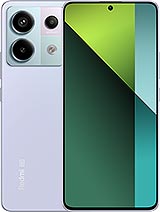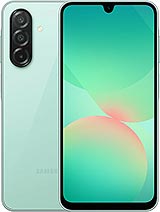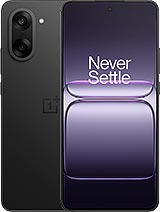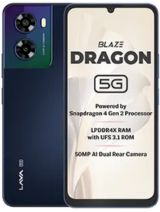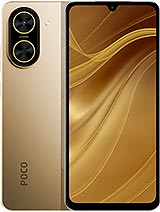Lava Agni 3 alternatives
Tap above to see alternatives.
Lava Yuva 5G alternatives
Tap above to see alternatives.
Lava Agni 3

Lava Agni 3
-
Dimensity 7300
4 nm
-
5000 mAh
66W
-
6.78"
1200 x 2652 pixels
-
50 MP
4K@30fps
-
Specs

Lava Yuva 5G
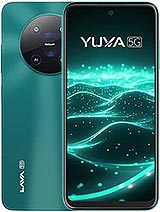
Lava Yuva 5G
-
Unisoc T750
6 nm
-
5000 mAh
18W
-
6.53"
720x1600 pixels
-
50 MP
1080p@30fps
- Specs
4x2.5 GHz Cortex-A78
4x2.0 GHz Cortex-A55
2x2.0 GHz Cortex-A76
6x1.8 GHz Cortex-A55
8GB 256GB (UFS 3.1)
4GB 128GB (UFS 2.2)
(wide), 1/1.55", 1.0µm, PDAF, OIS
8 MP
(telephoto), 1.0µm, PDAF, 3x optical zoom
8 MP
112˚ (ultrawide)
(wide), AF
2 MP
(macro)
1080p@30fps
f/2.0, (wide), 1.0µm
SIM1: Nano, SIM2: Nano
SIM1: Nano, SIM2: Nano
14 5G bands
n1, n2, n3, n5, n7, n8, n20, n28, n38, n40, n41, n66, n77, n78
8 5G bands
n1, n3, n5, n8, n28, n40, n77, n78
In this performance comparison, the Lava Agni 3 with its Mediatek Dimensity 7300 (4nm) performs better than the Lava Yuva 5G with the Unisoc Unisoc T750 (6nm), thanks to superior chipset efficiency.
Lava Agni 3 offers 3 years of OS updates, whereas Lava Yuva 5G provides 1 years. For security updates, Lava Agni 3 offers 4 years of support compared to Lava Yuva 5G's 2 years.
Lava Agni 3 features a superior AMOLED display, while Lava Yuva 5G comes with an LCD panel. In terms of smoothness, Lava Agni 3 offers a higher 120 Hz refresh rate, ensuring fluid scrolling and animations. Both devices deliver the same brightness level at nits. Notably, Lava Agni 3 offers a higher screen resolution, resulting in sharper visuals and more detailed content.
Both phones are equipped with the same 5000 mAh battery capacity. Lava Agni 3 also supports faster wired charging at 66W, compared to 18W on Lava Yuva 5G.
Lava Agni 3 includes an IP64 rating, while Lava Yuva 5G lacks an official IP rating.
- Lava Agni 3 – Check price here
¹ Scores can vary even with the same chipset due to RAM, thermals, and software optimization.

